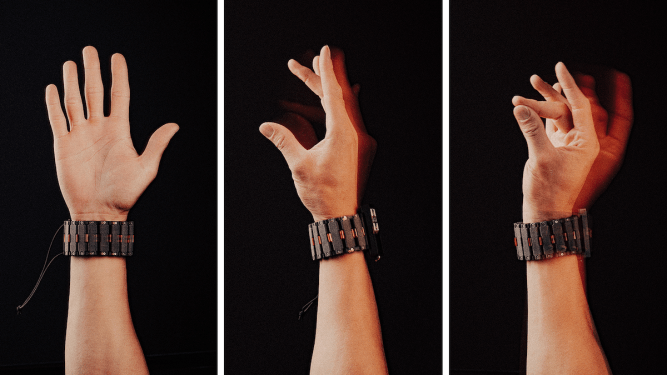Meta researchers are working on a wristband that allows people to control computers using hand gestures. The device enables users to move a cursor, open apps, and even send messages by writing in the air as if using a pencil.
The wristband relies on a technology called surface electromyography (sEMG), which detects electrical signals produced by muscle activity to interpret movements. According to a research paper published in the journal Nature, these signals can predict a person’s intended actions before they physically perform them.
One of the key goals of this project is to provide less invasive tools for individuals with motor disabilities. Meta is collaborating with Carnegie Mellon University to test the wristband with people who have spinal cord injuries, allowing them to operate computers even if they have limited or no use of their arms or hands.
Douglas Weber, a professor in the Department of Mechanical Engineering and the Neuroscience Institute, explained that even those with complete hand paralysis often retain some muscle activity. The wristband can detect these subtle signals and translate them into actions.
Unlike more invasive solutions, such as Neuralink’s brain implants, Meta’s wristband offers a simpler, non-surgical alternative. Other non-invasive methods, like EEG-based headsets, face challenges due to weak signal strength. In contrast, the wristband’s sEMG technology operates at a higher frequency, making it more effective for real-time use without requiring medical procedures.

